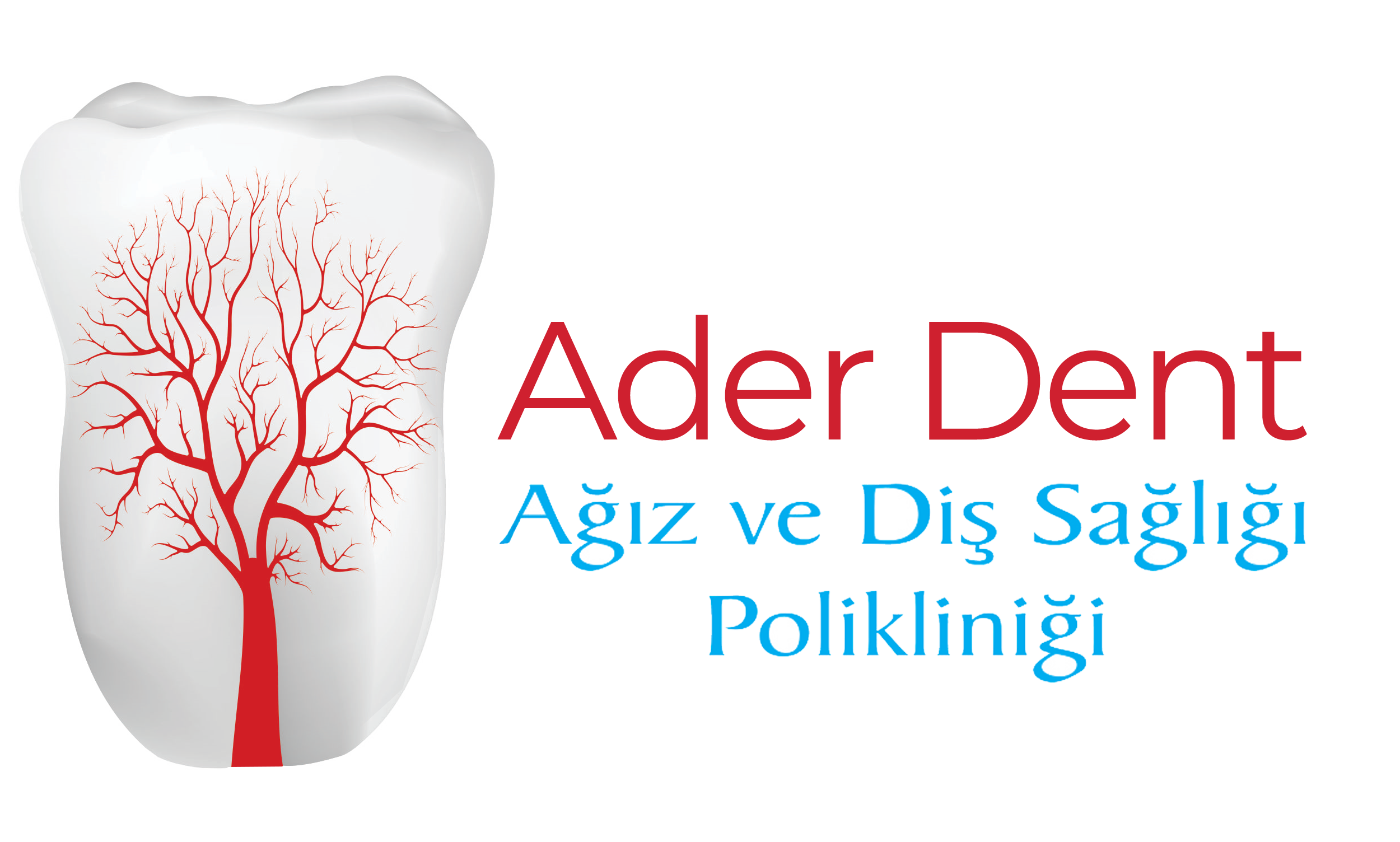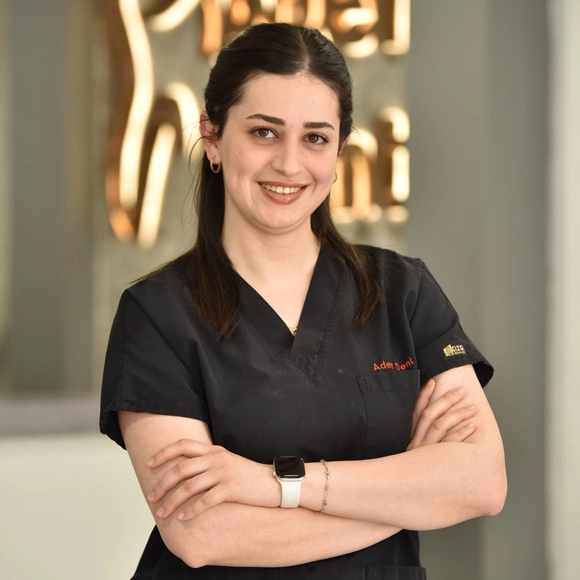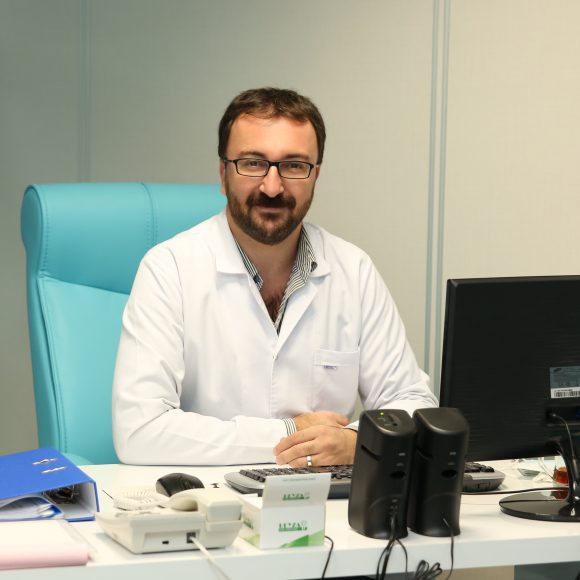Prosthetic treatment provides an essential solution for individuals experiencing tooth loss. However, in certain cases, additional surgical procedures may be required to ensure proper placement of dental prostheses. This is where preprosthetic surgery becomes relevant. Preprosthetic surgery involves surgical modifications of the jawbone and soft tissues prior to prosthesis placement. These interventions not only improve the stability and aesthetics of the prosthesis but also contribute to the overall oral health of the patient.
Purpose of Preprosthetic Surgery
The primary goal of preprosthetic surgery is to prepare the patient for prosthetic treatment. Following tooth extraction, resorption of the jawbone and imbalance in soft tissues may occur. These conditions can hinder the proper placement of dental prostheses. Preprosthetic procedures reshape the jawbone and gingiva to enhance prosthesis adaptation. As a result, the patient’s chewing function and speech ability are improved.
Why Is Preprosthetic Surgery Necessary?
After tooth loss, bone resorption, gingival thinning, or tissue deformities may impair the fit and function of prosthetic devices. These issues can compromise the stability and esthetics of the prosthesis. Preprosthetic surgical interventions are designed to address such anatomical deficiencies. For instance, grafting materials can be added to deficient bone areas, or excessive soft tissues can be removed, resulting in more effective prosthesis placement.
What Are the Types of Preprosthetic Surgery?
🦷 Bone Grafting
If the jawbone does not have sufficient volume for prosthetic placement, bone grafting can be performed to augment the deficient areas. This procedure involves adding natural bone or synthetic materials to the site. Bone grafting enhances the stability of both fixed and removable prostheses, increasing patient comfort and long-term treatment success.
🦷 Soft Tissue Recontouring
If the oral cavity presents issues such as gingival recession, tissue overgrowth, or imbalance, the fit of the prosthesis may be affected. Soft tissue recontouring procedures aim to resolve these issues. By reshaping the soft tissues, the placement of the prosthesis becomes easier and more aesthetically pleasing.
🦷 Bone Reshaping (Alveoloplasty)
Irregularities, ridges, or sharp edges in the jawbone can interfere with prosthesis fit. Bone reshaping (alveoloplasty) smooths the bony surface to prepare an ideal foundation for the prosthesis. This surgical intervention prevents the prosthesis from moving and helps reduce pain and discomfort during use.
Recovery After Preprosthetic Surgery
Recovery time after preprosthetic surgery varies depending on the type of intervention and the patient’s overall health. Mild swelling, discomfort, or bruising may occur during the first few days, which is completely normal. These symptoms can be managed with pain relievers and antibiotics prescribed by your dentist. Maintaining good oral hygiene, avoiding hot food and drinks, and refraining from smoking are essential for a smooth recovery. The full healing process generally takes 7 to 14 days. After recovery, dental prosthesis treatment can be initiated to meet both aesthetic and functional needs. Attending regular check-ups and following professional recommendations enhance the success of the treatment.
Who Is a Candidate for Preprosthetic Surgery?
Preprosthetic surgery is necessary for patients with inadequate bone volume or soft tissue issues where prosthesis placement is planned. It is especially common in individuals who have been edentulous for a long time, as bone loss and soft tissue problems are more prevalent. These surgeries prepare the patient’s oral structures for successful prosthetic outcomes.
Preprosthetic surgery contributes to improved treatment outcomes and greater comfort during the prosthetic process. A comprehensive evaluation by your dentist will determine the required interventions and help establish a personalized treatment plan.
It is important to remember that every patient’s condition is unique. Therefore, consulting with a dental professional before undergoing any preprosthetic surgical procedure is essential. Once healing is complete, fixed prosthetic applications can offer permanent, natural-feeling solutions tailored to the patient’s needs.


 TR
TR




